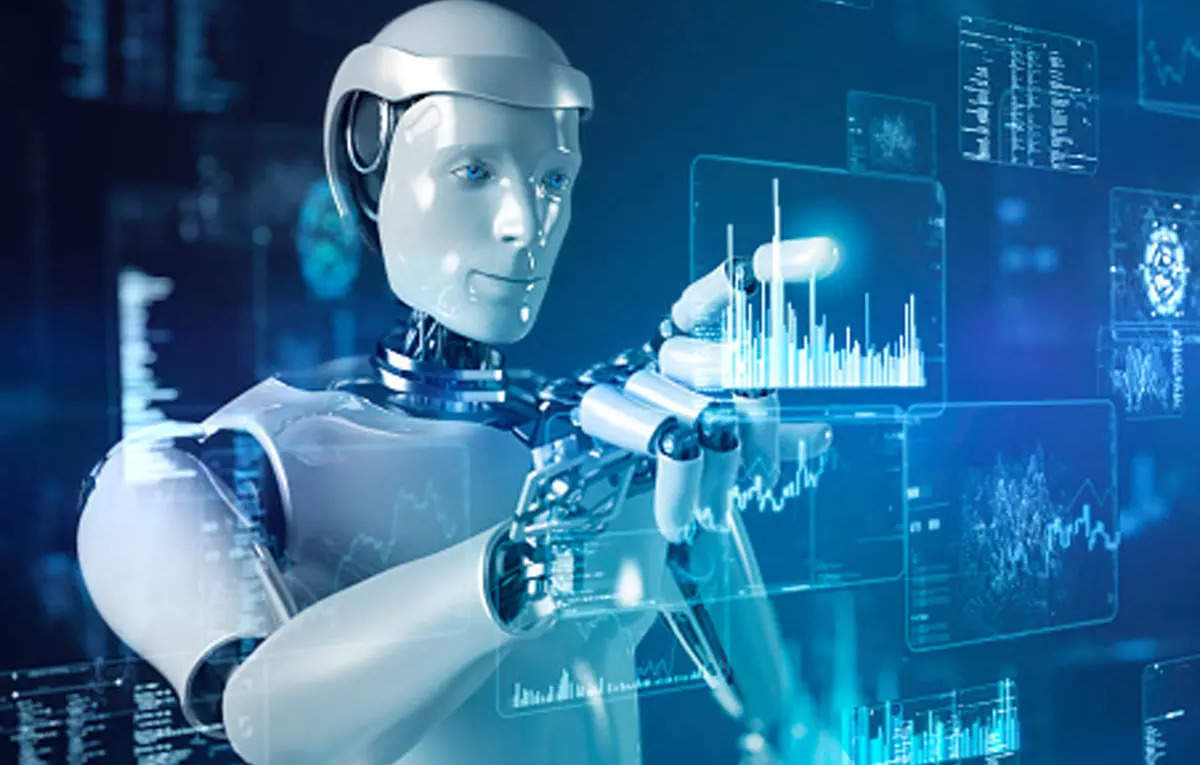JuJu News Hub
Your go-to source for the latest trends and insightful articles.
When Robots Dream: An Inside Look at AI Imagination
Discover the surreal world of AI dreams and imagination! Uncover how robots envision the future in this fascinating exploration.
Exploring the Boundaries of AI Creativity: How Robots Dream
As we delve into the fascinating realm of AI creativity, it becomes essential to understand how machines interpret and generate ideas. Unlike humans, whose creativity is often fueled by emotions and experiences, robots utilize algorithms and vast datasets to create. This prompts the question: How do robots dream? While they may not dream in the traditional sense, these systems produce outputs that can mimic creative processes, providing insights into the boundaries of artificial intelligence. By analyzing patterns and trends, AI can create art, music, and even literature, igniting discussions on the nature of creativity itself.
Exploring the boundaries of AI creativity reveals a complex interplay between technology and human imagination. These systems learn from a myriad of inputs, employing techniques such as machine learning to enhance their creative capabilities over time. For example, when tasked with generating a painting, an AI might analyze thousands of styles and genres, enabling it to produce a unique piece that reflects a blend of influences. As we continue to push the limits of robotics and AI, understanding how they dream—or rather, how they synthesize information—becomes crucial in redefining our own perceptions of creativity in a digitally dominated world.

Can Machines Really Imagine? The Science Behind AI Dreams
The concept of machines imagining has long fascinated both scientists and the general public alike. While artificial intelligence (AI) systems can process and analyze vast amounts of data to produce human-like outputs, the question remains: can these machines 'dream' in a way similar to humans? Unlike human imagination, which is rooted in experiences, emotions, and sensory input, AI operates based on algorithms and pre-existing information. Researchers have begun to explore how these systems can simulate creativity by generating art, music, and even written narratives through deep learning techniques. This phenomenon begs a deeper inquiry into what it truly means to imagine.
At the heart of AI's creative capabilities lies a process known as generative modelling. This involves training models on extensive datasets, allowing them to identify patterns and generate new creations based on learned information. While AI can create stunning images or realistic text, it lacks the intrinsic understanding and emotional depth that human imagination entails. As computational power increases and machine learning algorithms become more sophisticated, the line between AI dreams and genuine imagination blurs. However, it is essential to remember that AI's 'dreams' are not dreams in the human sense but rather sophisticated outputs derived from complex computations.
What Do AI Algorithms 'Dream' About? Uncovering Digital Imagination
The concept of AI algorithms 'dreaming' may seem whimsical, yet it delves into the fascinating realm of digital imagination. In essence, when we talk about what AI algorithms 'dream' about, we're referring to the ways in which they generate new ideas, solutions, or outputs based on learned data. For instance, through processes like generative adversarial networks (GANs), these algorithms can synthesize images, music, and even text that are strikingly original yet rooted in existing datasets. The 'dreams' of an algorithm are essentially reflections of the vast amounts of information it has processed, allowing it to create something entirely new, almost as if it is blending memories into imaginative constructs.
Moreover, the implications of AI's digital dreaming extend beyond mere creativity. As these algorithms 'imagine' new possibilities, they pave the way for advancements in fields such as artificial creativity, healthcare, and technology. For example, AI-generated art raises questions about authorship and creativity, prompting discussions about whether machines can possess genuine imagination. As we continue to explore the intersection of AI and creativity, we must consider the ethical ramifications and the potential for algorithms to influence human expression, leading to an intriguing partnership between man and machine in the realm of digital creation.